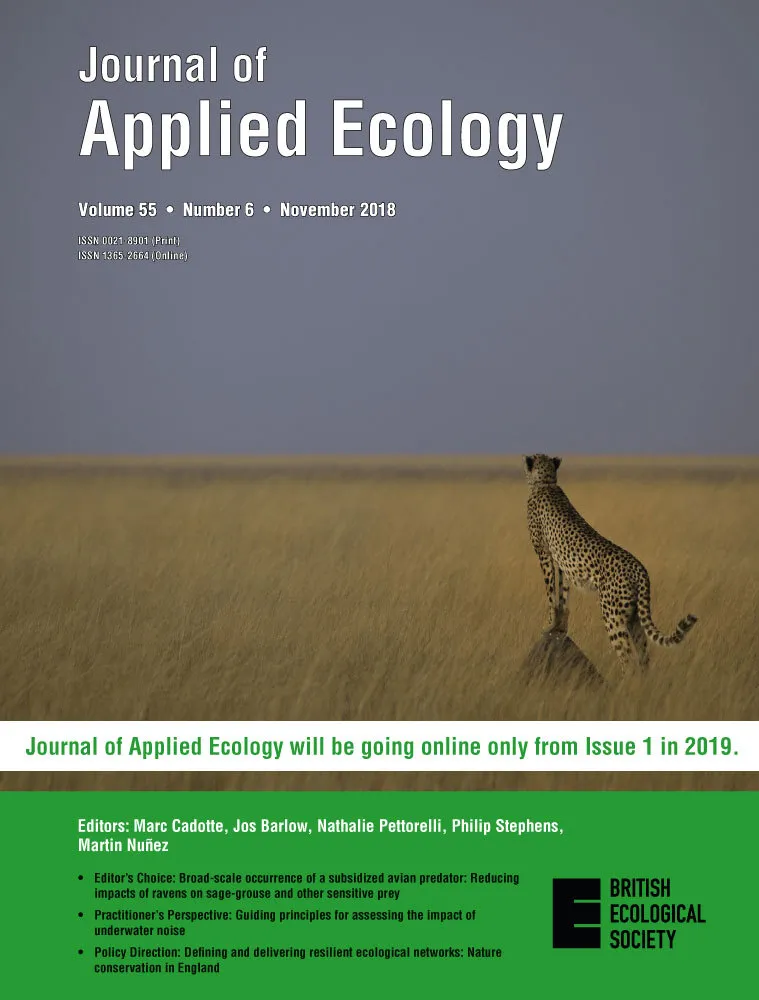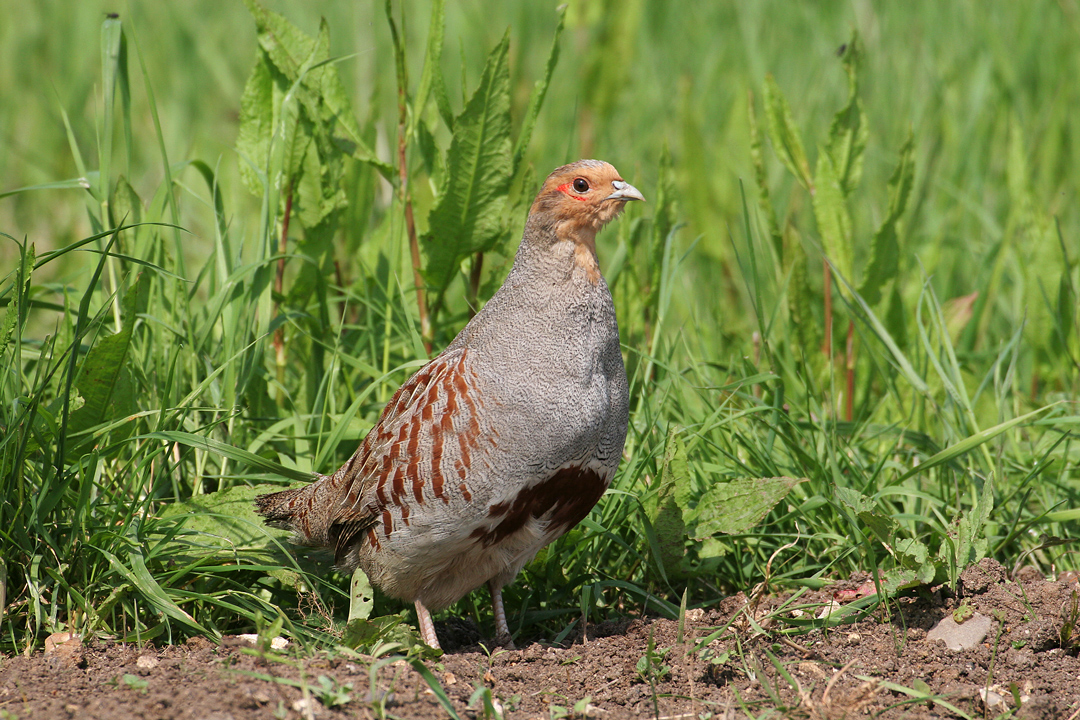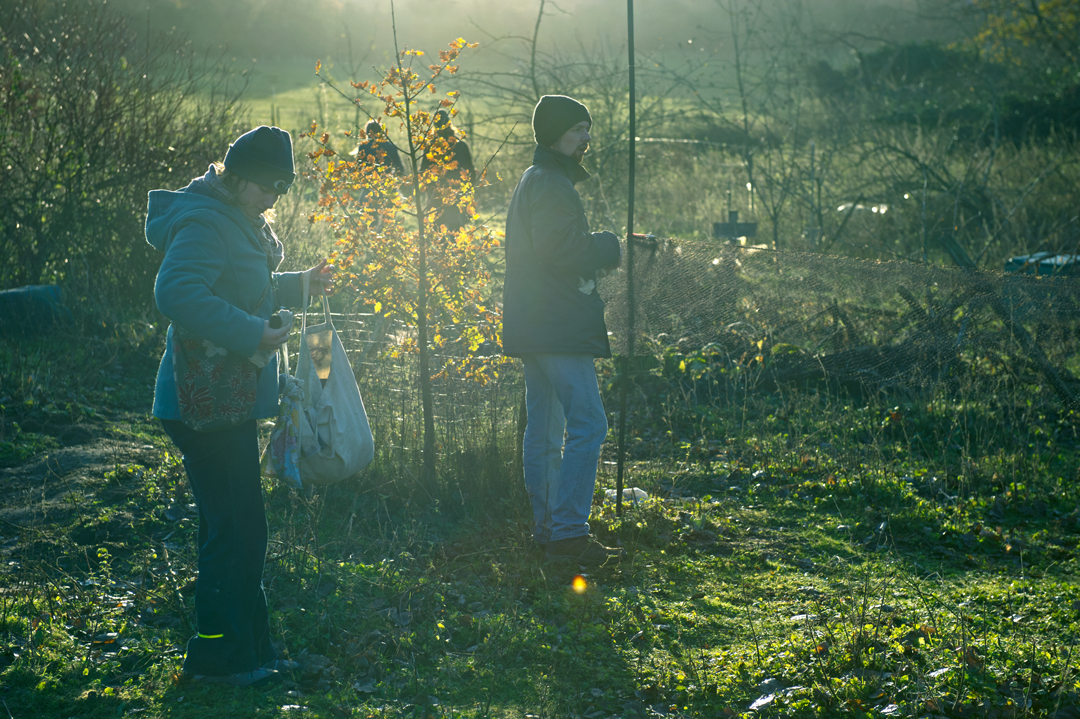BTO create and publish a variety of important articles, papers, journals and other publications, independently and with our partners, for organisations, government and the private sector. Some of our publications (books, guides and atlases) are also available to buy in our online shop.
Annual report of the Seabird Monitoring Programme
Seabird Population Trends and Causes of Change: 1986–2023
This report presents the latest seabird population trends in breeding abundance and productivity using data from the Seabird Monitoring Programme (SMP).
The report documents changes in the abundance and productivity of breeding seabird species in Britain and Ireland from 1986 to 2023, and provides a detailed account of the 2021, 2022 and 2023 breeding seasons.

Search settings
Overcoming the challenges of public data archiving for citizen science biodiversity recording and monitoring schemes
Author: Pearce-Higgins, J.W., Baillie, S.R., Boughey, K., Bourn, N.A.D., Foppen, R.P.B., Gillings, S., Gregory, R.D., Hunt, T., Jiguet, F., Lehikoinen, A., Musgrove, A.J., Robinson, R.A., Roy, D.B., Siriwardena, G.M., Walker, K.J., Wilson, J.D
Published: 2018
Public data archiving (PDA), where data are made freely available on demand through recognised data repositories, is increasingly being required by funders and journals to promote ‘open data’. However, this rapidly developing area brings with it some potential risks, particularly to the maintenance and operation of long-term citizen science monitoring schemes. What are the solutions?
19.05.18
Papers

Waterbirds in the UK 2016/17
Author: Teresa M. Frost, Graham E. Austin, Neil A. Calbrade, Heidi J. Mellan, Richard D. Hearn, David A. Stroud, Simon R. Wotton and Dawn E. Balmer.
Published: 2018
Waterbirds in the UK presents the summarised results of the annual WeBS report, and full data available via the WeBS Report Online. It provides a single, comprehensive source of information on the current status and distribution of waterbirds in the UK for those interested in the conservation of the populations of these species and the wetland sites they use.
14.05.18
Reports Waterbirds in the UK

Species contributions to single biodiversity values under-estimate whole community contribution to a wider range of values to society.
Author: Hiron, M., Pärt, T., Siriwardena, G.M., Whittingham, M.J.
Published: 2018
A major task for decision makers is deciding how to consider the monetary, cultural and conservation values of biodiversity. Not all species contribute to any one value to the same degree, and there is a need to develop methods to better understand the contributions made by individual species, and their wider communities, to a suite of biodiversity values. This paper examines an approach for doing this, using farmland birds as an example.
03.05.18
Papers

One hundred priority questions for landscape restoration in Europe
Author: OCKENDON, N., THOMAS, D.H.L., CORTINA, J., ADAMS, W.M., AYKROYD, T., BAROV, B., BOITANI, L., BONN, A., BRANQUINHO, C., BROMBACHER, M., BURRELL, C., CARVER, S., CRICK, H.Q.P., DUGUY, B., EVERETT, S., FOKKENS, B., FULLER, R.J., GIBBONS, D.W., GOKHELASHVILI, R., GRIFFIN, C., HALLEY, D.J., HOTHAM, P., HUGHES, F.M.R., KARAMANLIDIS, A.A., MCOWEN, C.J., MILES, L., MITCHELL, R., RANDS, M.R.W., ROBERTS, J., SANDOM, C.J., SPENCER, J.W., TEN BROEKE, E., TEW, E.R., THOMAS, C.D. , TIMOSHYNA, A., UNSWORTH, R.K.F., WARRINGTON, S. & SUTHERLAND, W.J.
Published: 2018
We present the results of a process to attempt to identify 100 questions that, if answered, would make a substantial difference to terrestrial and marine landscape restoration in Europe. Representatives from a wide range of European governmental and non-governmental conservation organisations, universities, independent ecologists and land managers compiled 677 questions relating to all aspects of European landscape restoration for nature and people. The questions were shortlisted by an email vote, followed by a two-day workshop, to produce the final list of 100 questions. Many of the final questions evolved through a process of modification and combination as the workshop progressed. The questions are divided into eight sections: conservation of biodiversity; connectivity, migration and translocations; delivering and evaluating restoration; natural processes; ecosystem services; social and cultural aspects of restoration; policy and governance; and economics. We anticipate that these questions will help identify new directions for researchers and policy-makers and assist funders and programme managers in allocating funds and planning projects, resulting in improved understanding and implementation of landscape-scale ecological restoration in Europe.
01.05.18
Papers
Estimating mortality rates among passerines caught for ringing with mist nets using data from previously ringed birds.
Author: Clewley G., Robinson R.A., Clark J.A.
Published: 2018
The benefit of the information accrued when capturing wild animals for study needs to outweigh the potential risk to individuals that are caught. New BTO research, just published, assesses the potential effects of capturing wild birds.
27.04.18
Papers
